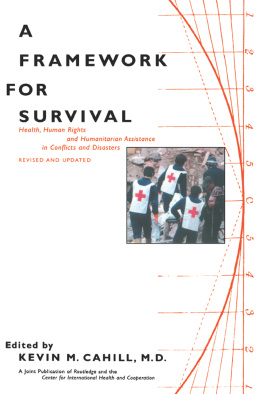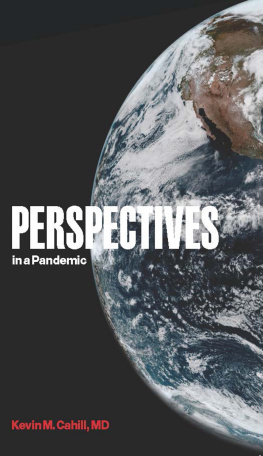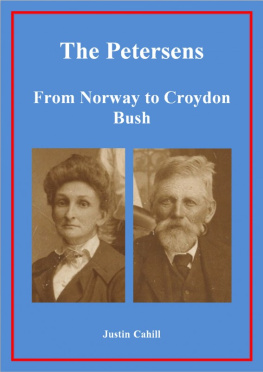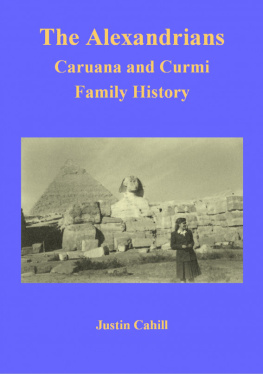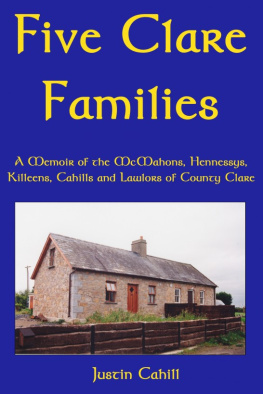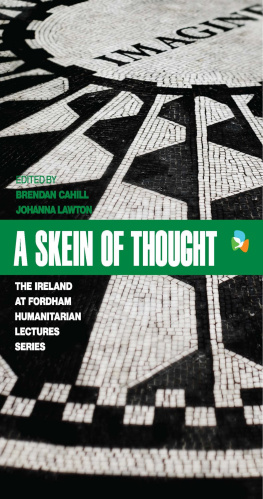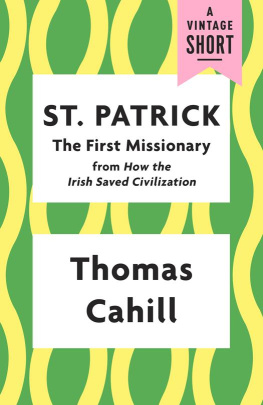To Bear Witness
Revised, Updated and Expanded Edition
To Bear Witness
A Journey of Healing and Solidarity
Kevin M. Cahill, M.D.
Copyright 2013 Kevin M. Cahill, M.D.
All rights reserved.
No part of this publication may be reproduced, stored in a retrieval system, or transmitted in any form or by any meanselectronic, mechanical, photocopy, recording, or any otherexcept for brief quotations in printed reviews, without the prior permission of the publisher.
Fordham University Press has no responsibility for the persistence or accuracy of URLs for external or third-party Internet websites referred to in this publication and does not guarantee that any content on such websites is, or will remain, accurate or appropriate.
Fordham University Press also publishes its books in a variety of electronic formats. Some content that appears in print may not be available in electronic books.
Library of Congress
Control Number: 2013935812
Printed in the United States of America
15 14 13 5 4 3 2 1
Second Edition
All royalties from the sale of this book go to the training of humanitarian workers.
For Kate
Contents
Acknowledgements
As with the first edition, this volume was designed by my dear friend Massimo Vignelli; design production by Mauro Sarri of Vignelli Associates. It was retyped and carefully reviewed by Jenna Felz, Denis Cahill and Rachel Stein-Holmes. I express my gratitude to Fordham University Press, its Director, Fredrick Nachbaur; to my French editor, Maggie Doyle of Robert Laffont, Paris; to Fordham University President Joseph McShane, S.J.; and to my colleagues and staff at Fordhams Institute of International Humanitarian Affairs (IIHA) www.fordham.edu/iiha
The spirit of my wife Kate can be found throughout these pages, permeating this book as she did every fiber of my being from the time we were teenagers in love, through the decades of shared partnership when we tried, in words as well as deeds, to devote ourselves to a mutual search for human rights and peace with justice.
Introduction
Shortly after my wife died in 2004, the first edition of this book was conceived as an exploration of some of the main activities of our shared lives. I selected articles, essays, book introductions, speeches and op-ed pieces that were originally published, if at all, in journals, magazines and texts, many long out of print; some were more than fifty years old. At first they just elicited memories, but gradually a coherence emergedmotivating purposes that defined our marriage.
On rereading them I discovered an almost eerie relevance to current national debates. In fact, many consider the very essence of our national soul and could, I then suggested, be read as prescient parables for the crises of the twenty-first century. Some essays consider the influences of youth and family, of lasting lessons learned at the kitchen table; others consider university and history, ethnicity and diplomacy, medicine, public health and politics. All were personal, and offered opinions and observations that bore witness to my obligation, as I saw it, as an international physician and humanitarian worker to expose, especially in our privileged nation, the sufferings and inequities experienced by the downtrodden masses of the world.
They were all influenced by the remarkable woman to whom this book, and my life, are dedicated. It was she who encouraged my enthusiasms and commitments, and then gave guidance on the journey, wherever it would lead us. She had very definite opinions on the inalienable rights of all human beings; she was willing to listen carefully to, and then gently influence, arguments at the very heart of foreign affairs and domestic health programs. Her unwavering support helped create the wonderful life we shareda life of service and joy, of travel and discovery, a life where asylum seekers, dreamers, and failures found refuge in our home, and became family realities, as friends from around the world sought our help.
Nine years have passed since the first edition of this book. It has gone through multiple printings and been translated into French. I have now updated the text by, once again, selecting recent, hopefully, relevant, articles and speeches that reflect the continuity of an on-going journey of healing and solidarity.
Part One: Locations
During the past half century I have undertaken medical and humanitarian missions, or lectured on these topics, in 65 countries in Africa, Asia, Latin America and Europe; my wife Kate was my partner in 45 nations, often under very trying and sometimes dangerous circumstances. This book reflects a peripatetic life, but one where all the travels and works wereand, for me, continue to bebased on an awareness of our good fortune, and resultant responsibilities.
I have selected four geographic areas for this section. Each of the short chapters tells a tale of both healing, for that is the ultimate goal of a physicians efforts, and of solidarity, for that becomes a necessity in crisis zones if one is to grow beyond the traditional privileges of the doctor-patient relationship and emerge with any sense of decency and dignity. The essays hopefully also indicate the metamorphosis that occurred in my own life as I became immersed in the tragedies of third world countries. Those poor and sick populations, surviving incredible challenges, became my teachers, my role models in how to live with courage and joy in a harsh but still hopeful world.
On the TurkeyIraq border1963
We lived for several wonderful years in the early 1960s in the Middle East. In those Vietnam War years, all physicians were drafted into military service. After graduating from medical school and training in New York, the U.S. Navy allowed me to spend a year completing a graduate degree in tropical medicine in England. I was then assigned to a research unit in Cairo, Egypt as Director of Epidemiology and Chief of Clinical Tropical Medicine, rather wonderful positions for a young doctor free to study major epidemics all over the Middle East and Africa.
This photo shows me in my Navy uniform on a border where the Kurds were fleeing from Iraq into Turkeya phenomenon that was a regular occurrence in those years, and is still a fact of life today in the area. The refugees were spreading a parasitic disease, cutaneous leishmaniasis, across southeast Turkey. I established a base in Diyarbakir, one of the few walled cities that withstood the onslaught of Genghis Khan. Our task was to identify the causative agent and try to contain the epidemic. I spent six weeks on horseback, protected by some fifty Turkish cavalrymen, on the steppes of the Tigris-Euphrates valley. We rode through historic hill townsUrfa, Siirt, and around the shores of Lake Vaneating over open fires and sleeping in the shadows of monuments in the home of civilization. We were able to localize and eradicate the epidemic.
The Middle East
One year after caring for Pope John Paul II, following the assassination attempt that almost ended his life in 1981, he asked that I travel to war-torn Lebanon as his personal representative.


